Injuries are an unfortunate but inevitable part of any outdoor adventure. Whether you are hiking, camping, climbing, or simply enjoying a day in nature, accidents can happen at any time. When you are miles away from medical facilities, it’s crucial to have the knowledge and skills to treat common injuries in the backcountry effectively. From blisters and cuts to more serious injuries such as sprains and fractures, knowing how to provide proper care can mean the difference between a quick recovery and a potentially life-threatening situation.
Contents
How To Prepare For A Backcountry Trip
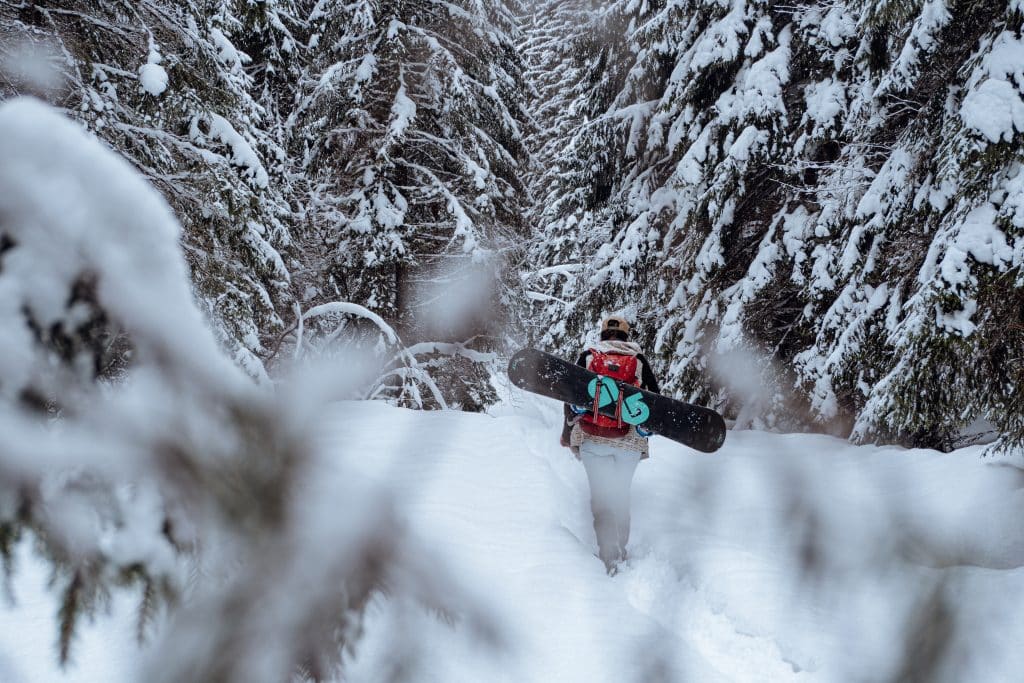
When you’re planning a backcountry trip, preparation is key. First and foremost, make sure you have the right gear for your adventure. Research the weather and terrain to determine what items are essential for safety and comfort. It’s important to also educate yourself on the route and surroundings of your trip. Bring a map and compass, and don’t rely solely on technology such as GPS devices.
Additionally, practice Leave No Trace principles to minimize your environmental impact. Finally, tell someone your itinerary and expected return time in case of an emergency. By taking these steps, you’ll be well-equipped and ready for a successful backcountry adventure.
Tips For Treating Common Injuries In The Backcountry
Another essential part of preparation is knowing how to treat common injuries in the backcountry. So in order to make sure you are ready for anything, let’s break down a few of the potential injuries you may encounter and how to treat them:
Sprained Ankle
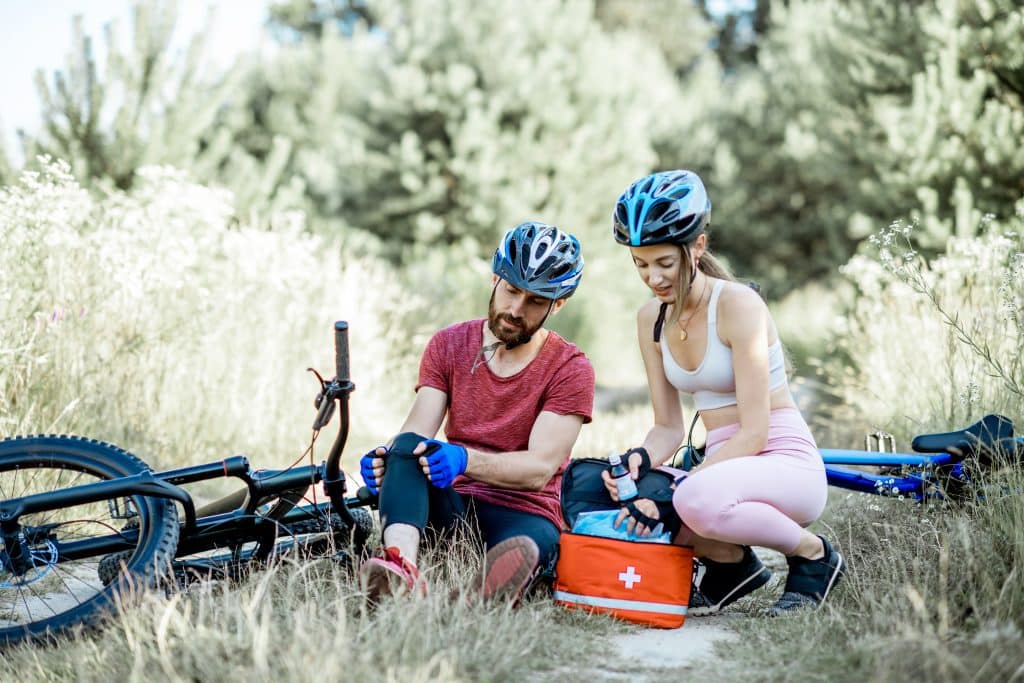
A sprained ankle can quickly become a major problem when you’re out in the backcountry. While it’s definitely an uncomfortable situation, it’s not necessarily a trip-ender if you know how to care for it properly. The first step is to get off the ankle as quickly as possible to reduce swelling. RICE (rest, ice, compression, and elevation) is the most effective method for treating a sprained ankle in the backcountry. Make sure to apply the ice directly to the affected area for 20 minutes at a time with intervals of 20 minutes off.
A compression wrap will help to reduce swelling and allow some mobility, while elevation will help to improve circulation and drain excessive fluids. It’s also important to understand how to immobilize the ankle with a bandage to prevent further damage as you make your way back to civilization. By following these simple steps, you’ll be able to take care of your sprained ankle and still enjoy your backcountry adventure.
Cuts And Scrapes
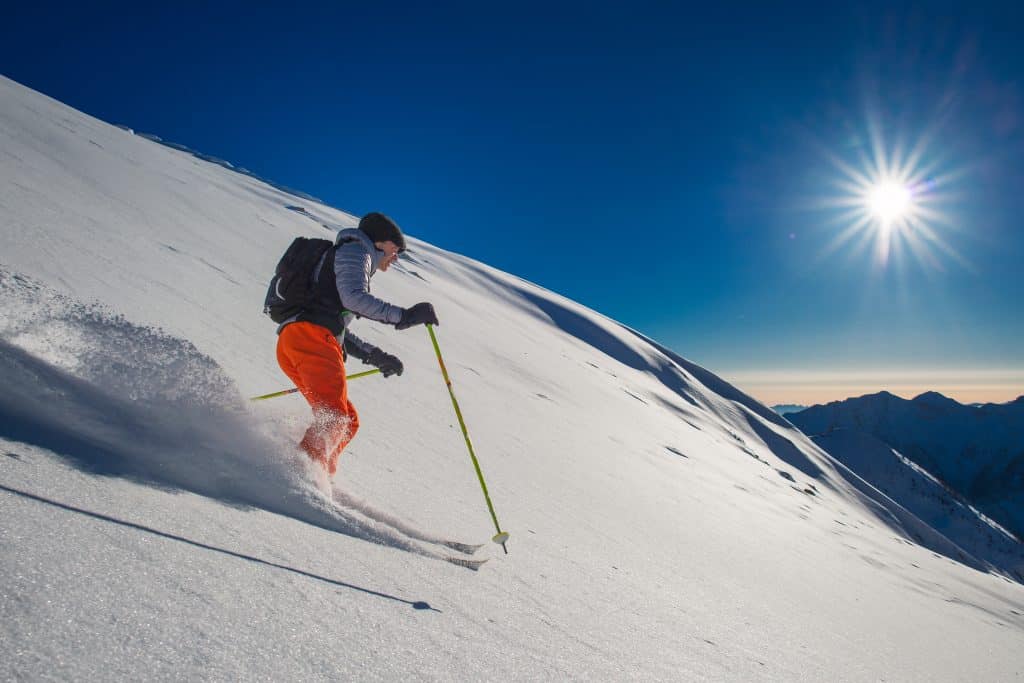
Any time you go out in the wilderness, it’s not a matter of if you’ll get cuts and scrapes; it’s just a matter of when. That’s why it’s crucial that you prepare with the right knowledge and tools to treat them properly. The first step is always to clean the wound with water and antiseptic. Next, apply pressure to stop any bleeding and cover the wound with a sterile dressing. If the damage is severe, seek medical attention as soon as possible.
It’s also a good idea to have a few different sizes of bandages and adhesive gauze pads on hand, as they can be essential for minor cuts. Finally, remember to check the wound regularly and change the dressing every few days or when it becomes dirty or wet.
Blisters
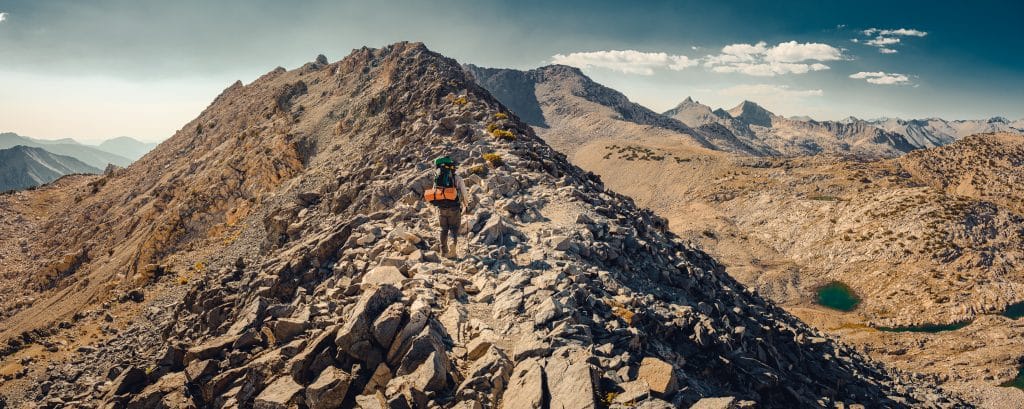
If you are not careful, blisters can quickly become a painful nuisance, especially when you are out in the backcountry. However, with the right treatment, you can alleviate discomfort and continue enjoying the great outdoors. First, take a break and remove your shoes and socks to let your feet breathe. Clean the blister and surrounding area with soap and water, and apply a blister pad or moleskin.
Resist the temptation to pop the blister, as this can lead to infection. If you must drain the blister, gently press down on the skin with a sterilized needle. Remember to keep the area clean and covered with a bandage. With these tips, you can keep on trekking without letting blisters ruin your adventure.
Insect Bites And Stings
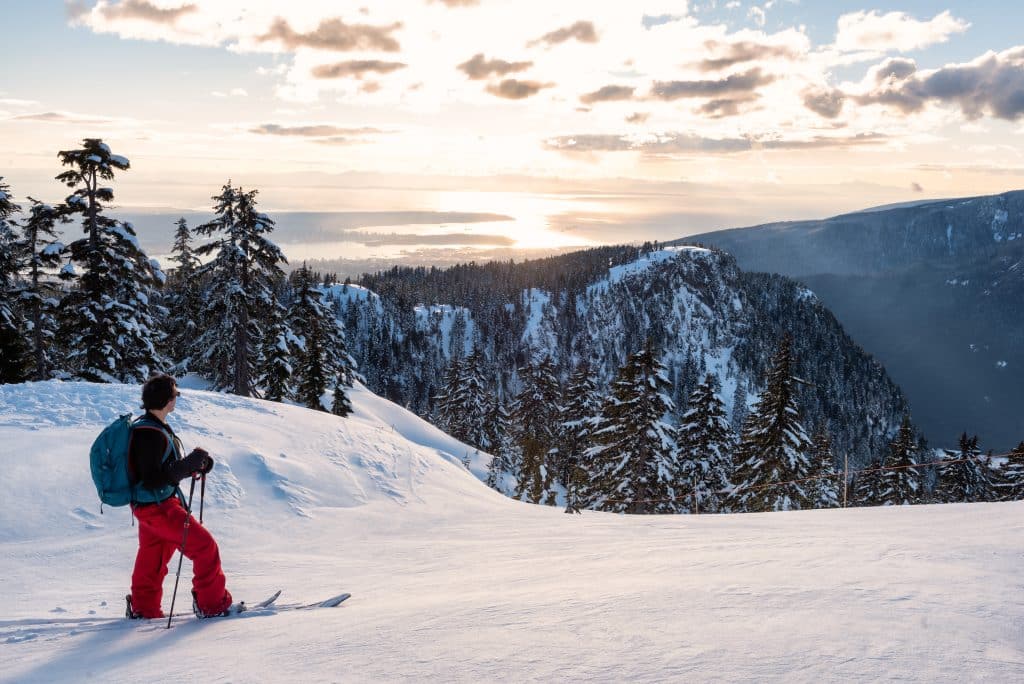
Whether you’re hiking, camping, or just enjoying the outdoors, you’re bound to encounter bugs at some point. Insect bites and stings can be quite uncomfortable and can even become dangerous if left untreated, but there are some simple steps you can take to ease the pain and prevent further complications. One of the most important things you can do is to clean the affected area thoroughly as soon as possible. This will help reduce the risk of infection and prevent the venom from spreading.
Applying a cool compress can help reduce swelling and ease the pain, while over-the-counter antihistamines and pain relievers can provide additional relief. Just keep in mind that depending on the type of insect, a more severe reaction may be necessary. If symptoms persist or worsen, seek medical attention immediately.
Broken Bones
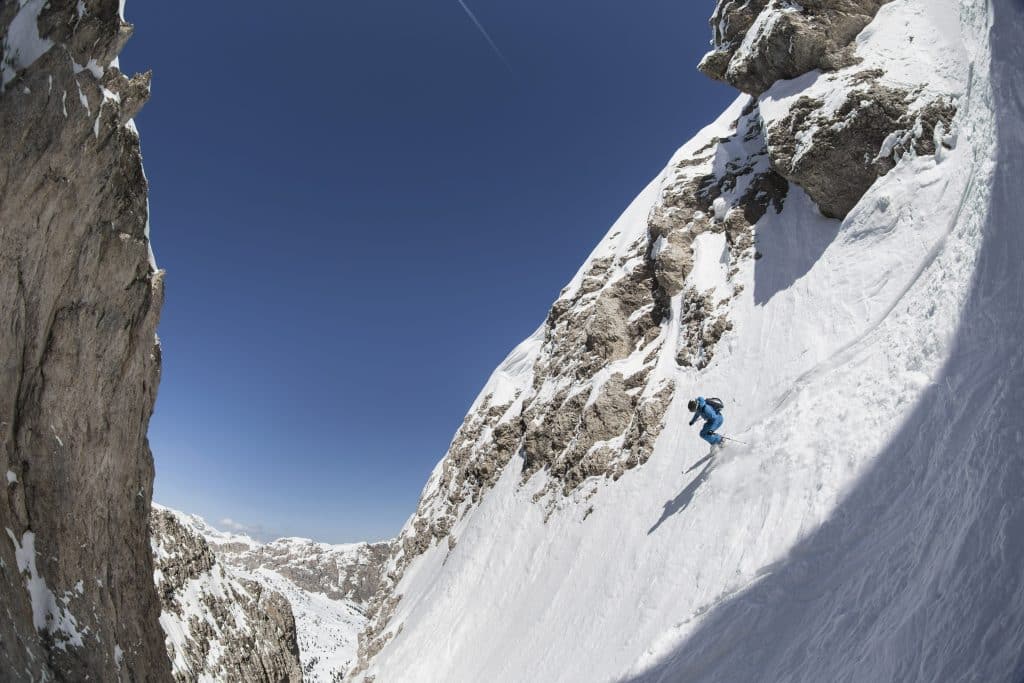
Knowing how to treat broken bones is a vital skill that can make all the difference in the event of an emergency. For starters, the first thing to do is to immobilize the bone with a splint or wrap. Once the bone is in place, make sure to carefully move the person out of harm’s way and get them professional medical help as soon as possible.
For more serious breaks, it may be necessary to use a stretcher or improvised support to move the person. Though you might feel it is best to try and set the bone yourself, this is never a good idea, as it can cause further injury.
Burns

Finally, another common injury that hikers and campers face is burns, which can range from minor to severe. Knowing how to treat burns is essential to prevent infection and promote healing. The first step is to immediately cool down the affected area with cool water for around 10-15 minutes. Do not use ice or cold objects as they can damage the burnt skin. After cooling, cover the area with a sterile, non-adhesive bandage to prevent infections.
Painkillers and antibiotics may also be necessary to reduce pain and prevent further infection. Early treatment and proper care are crucial to ensuring the best possible outcome. Remember, in serious cases, it’s always best to seek medical attention immediately.
Know How To Treat These Common Injuries In The Backcountry!
From minor cuts to broken bones, understanding and knowing how to treat these common injuries in the backcountry is essential for any outdoor enthusiast. With proper preparation and treatment, you can manage these injuries and get back to exploring the great outdoors with minimal discomfort. Just remember, if you feel like the injury is too serious to handle at any point, don’t hesitate to get professional help. The last thing you want is to be in the middle of nowhere with an injury you don’t know how to treat.


